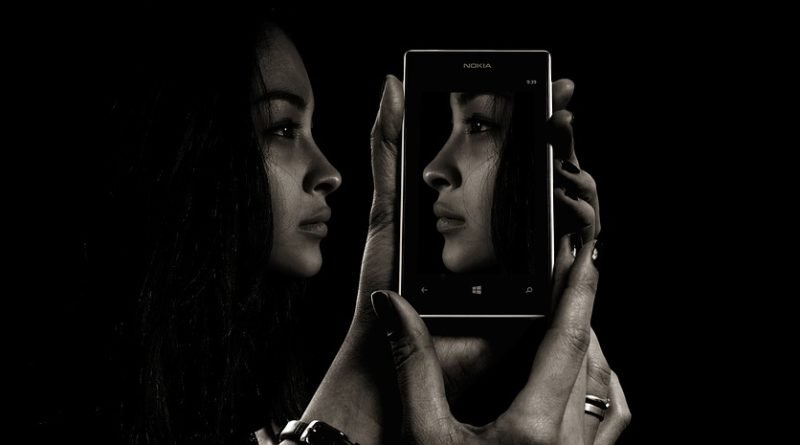Preparing the Future Generation of Doctors Through Virtual Reality
With advancements in technology revolutionizing every aspect of our lives, it comes as no surprise that the healthcare industry is also benefitting from the latest innovations. One such innovation that is reshaping the way medical professionals are being trained is virtual reality (VR). VR has the potential to transform medical education and prepare the future generation of doctors in an immersive and engaging way.
Traditional medical education typically involves lectures, textbooks, and hands-on experience with patients. While these methods are effective in providing knowledge and skills, VR takes it to the next level by allowing medical students to practice and hone their skills in a virtual environment. This technology enables students to interact with realistic 3D models of human anatomy, perform surgical procedures, and even experience medical emergencies in a safe and controlled setting.
One of the biggest advantages of using VR in medical education is the ability to simulate real-life scenarios that may not be easily accessible to students. For example, medical students can practice complex surgical procedures without putting actual patients at risk, or experience rare medical conditions that they may not encounter in their training. This hands-on experience in a virtual environment not only improves their clinical skills but also boosts their confidence in handling real-life situations.
Moreover, VR can be especially beneficial for medical students who may have limited access to resources or clinical opportunities. With VR, students can overcome geographical barriers and gain valuable experience from anywhere in the world. This democratization of medical education ensures that all aspiring doctors have equal access to high-quality training and can reach their full potential.
In addition, VR can also improve the retention and comprehension of medical knowledge. Studies have shown that immersive learning experiences through VR lead to better memory retention and understanding compared to traditional teaching methods. By engaging multiple senses and facilitating active learning, VR helps students to grasp complex concepts more effectively and apply them in clinical practice.
Furthermore, the use of VR in medical education can also promote collaboration and teamwork among medical students. In a virtual environment, students can work together on cases, collaborate on procedures, and learn from each other’s experiences. This fosters a culture of teamwork and communication that is essential for delivering quality patient care.
As we look towards the future of medical education, it is clear that VR will play a crucial role in preparing the next generation of doctors. By integrating immersive technology into medical curriculums, we can create a more engaging, efficient, and effective learning experience for students. Virtual reality has the power to revolutionize medical education and ensure that future doctors are well-equipped to meet the challenges of an ever-evolving healthcare landscape.
